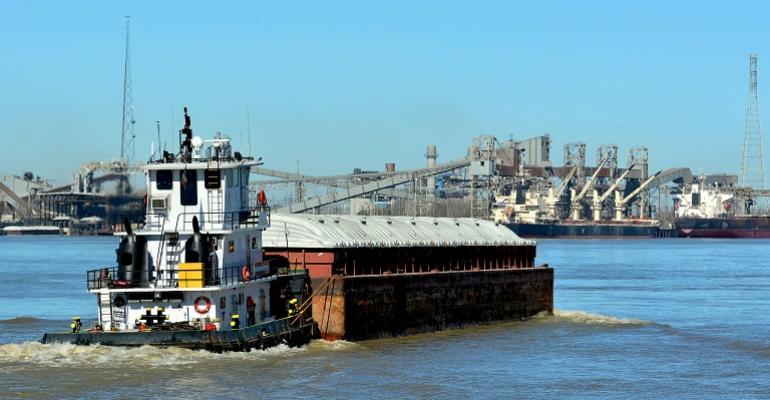The report, commissioned by Washington DC-based environmental group, The Ocean Conservancy, reveals that 70% of carbon emissions from US-flagged vessels are generated by the country’s domestic fleet, offering vast potential for the introduction of new energy technologies in coastal shipping and across the country’s extensive inland waterway network.
The UMAS report, titled ‘The Maritime Fleet of the USA – the current status and potential for the future’, highlights three factors that underpin the scale of the opportunity: the Jones Act, which requires vessels deployed in domestic trades to be built, flagged and manned in the US; significant shipping activity around the long coastlines to east and west; and technological expertise.
Analysis of the US-flagged fleet summarised in the UMAS study reveals some surprising statistics. The three oldest vessel types in the fleet are bulk carriers, with a median age of 45 years, tugs, and fishing vessels, both 41 years. These figures compare with global averages of 11, 17, and 34 respectively.
In 2018, the fishing fleet accounted for almost half of total emissions – 47% – while tugs (24%) and offshore vessels (16%) also featured high on the emissions count. One year later, the domestic fleet comprised more than 33,000 vessels that were not self-propelled but mostly used on inland waterways pulled or pushed by tugs. There were also about 9,900 self-propelled ships of less than 1,000gt mostly deployed on the same waterways and on the coast. A further 182 larger ships were engaged in coastal and deep-sea shipping, but this sector of the fleet has declined steadily over recent decades.
UMAS Principal Consultant on the project, Dr Jean-Marc Bonello, commented: “There is enormous potential for the US to be a global leader in maritime decarbonisation. Our models show that this combination makes the US a prime candidate for developing domestic and international green corridors. The current ambitious administration has the chance to make this a decade of change for the industry in the US at the time when rapid action is needed to achieve science-based climate targets.”
Copyright © 2024. All rights reserved. Seatrade, a trading name of Informa Markets (UK) Limited.
Add Seatrade Maritime News to your Google News feed.  |

